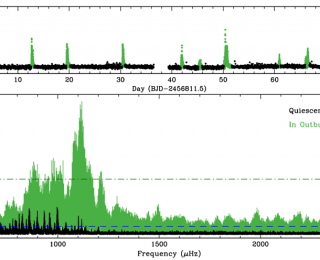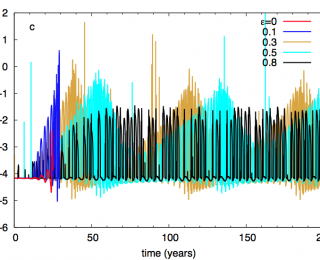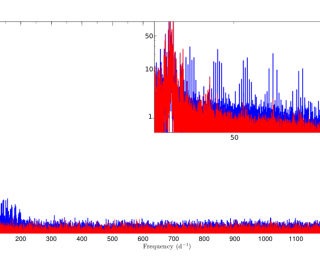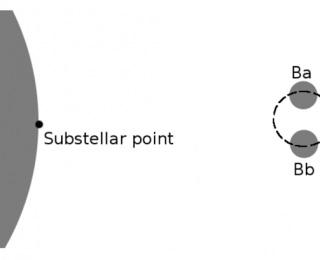
by Meredith Rawls | Aug 4, 2015 | Daily Paper Summaries
This variable white dwarf pulsates as expected, but it also experiences very bright outbursts. Today’s paper takes us through the discovery and verification of the second pulsating white dwarf with outbursts, and speculates how the pulsations and outbursts may be linked.

by Meredith Rawls | May 4, 2015 | Daily Paper Summaries
Cepheids’ pulsing brightness variations happen because the star’s temperature and radius is changing, and they occupy a unique niche of stellar evolution. We can learn a lot about what is physically happening inside stars during this tumultuous time through close observations. Or rather, we could learn a lot about what happens inside Cepheid variable stars, if only we knew their masses.

by Josh Fuchs | Oct 28, 2014 | Daily Paper Summaries
How do the most massive stars explode? A new model of massive stars predicts new observational evidence.

by Meredith Rawls | Oct 24, 2014 | Daily Paper Summaries
Astronomical data gathered over time has gaps. Even the most reliable space telescopes suffer from occasional pauses in their otherwise constant watchfulness. Why are gaps a problem? Can’t astronomers just analyze the short chunks of data that don’t have gaps? The answer: Fourier transforms.

by Meredith Rawls | Sep 26, 2014 | Daily Paper Summaries
Stars: steady-burning nuclear flames that pierce the darkness of space. Except when they’re not. The star known as HD 181068 is bright, but it’s no standard candle. On closer inspection, this well-studied system is actually home to three stars locked in a complex cosmic dance.

by Meredith Rawls | Aug 27, 2014 | Daily Paper Summaries
Instead of happily orbiting in circles with constant velocity, the two stars spend most of their time far apart, and a few harrowing hours racing past each other. Or, to put it another way: hours and hours of boredom punctuated by moments of sheer terror. This is a heartbeat star.






